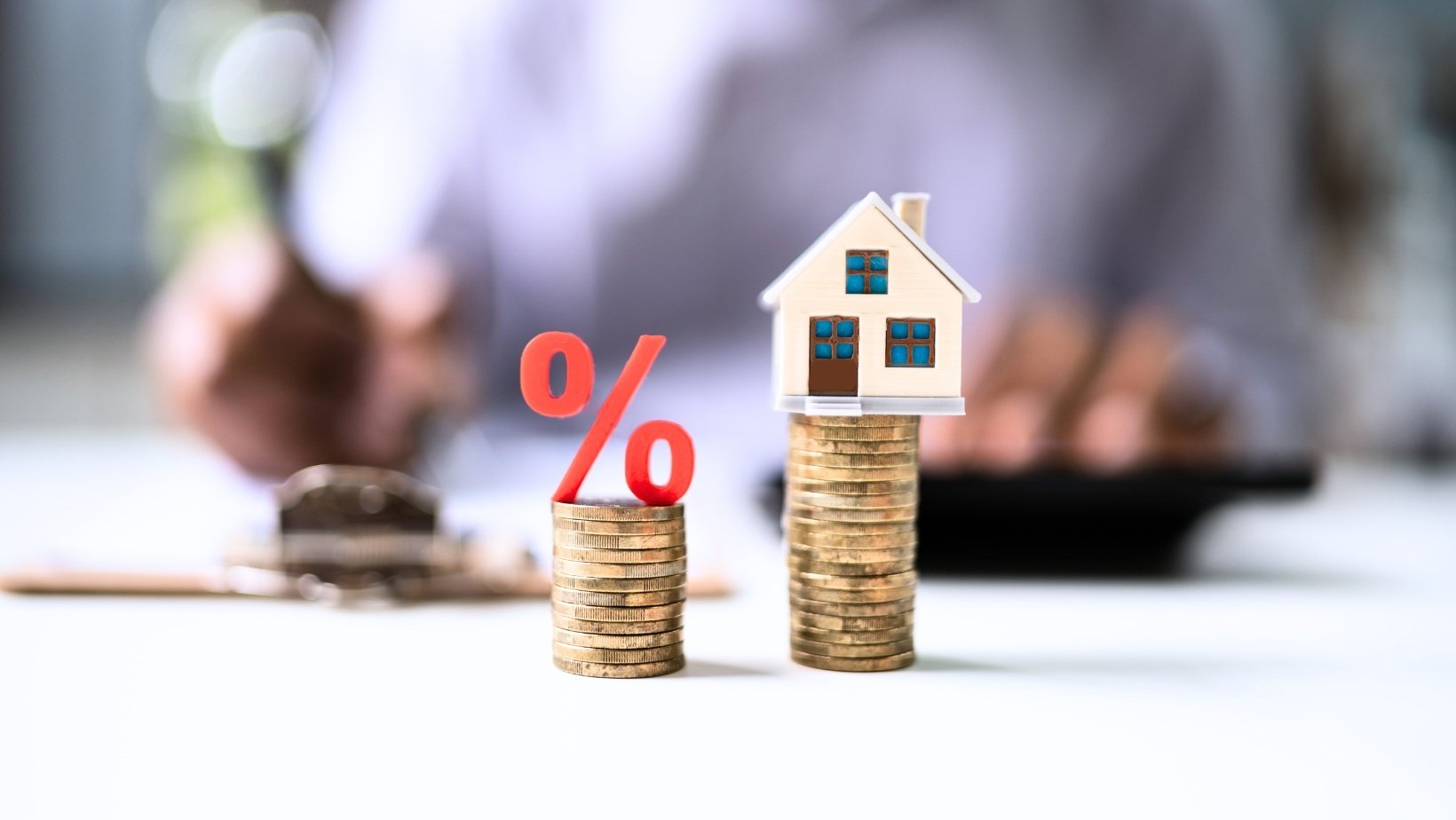
The Average Joe likely looks at the real estate market of 2024 in shock and awe. Prices are high, but mortgage rate cuts promised to bring everything back into balance. Meanwhile, data shows that the real estate market remains frozen, with only a tiny percentage of homes on the market changing hands.
What gives?
Here’s the truth: not only is the real estate market notoriously tricky to predict – and impossible to control – but many converging and complex factors drive the real estate ecosystem. It’s not as easy as tweaking just one of these elements.
If you want to succeed in real estate investment, you must invest in a deep understanding of this business. Even as a turnkey investor relying on the expertise of others, knowledge empowers you to ask better questions and make informed decisions.
So, in the spirit of understanding, let’s review the primary influences on the real estate market.
The Top 5 Driving Factors in Real Estate
#1 – Interest Rates
- Mortgage Rates – Lower interest rates make borrowing cheaper and increase real estate demand. Higher rates make borrowing more expensive (higher interest accrued over time plus a higher monthly mortgage payment) and diminish demand. Mortgage rates often follow broader trends in interest rates set by the Federal Reserve.
- Affordability – When rates are low, homebuyers can afford more expensive homes for the same monthly payment, driving up prices. This is partly why home prices exploded when interest rates were at an all-time low, around 3%.
#2 – Supply and Demand
- Housing Inventory – Low supply with steady or increasing demand increases prices, while high supply with flat or declining demand can lower prices. This is a balancing act.
- New Construction – Local zoning laws, building regulations, and construction costs impact how much new housing can be built. Right now, we’re seeing fewer existing properties on the market simply because homeowners are likely trying to hold on to a favorable interest rate. At the same time, new construction has over a decade’s worth of under-building to compensate for.
#3 – Economic Conditions
- Job Growth – A strong economy with job growth increases purchasing power and, thus, increases housing demand.
- Wages and Income Levels – Higher wages and growing disposable income enable more people to buy homes. Even if they don’t buy, it makes them more stable as renters.
- Consumer Confidence – Economic stability and consumer confidence drive homebuyer decisions. Few people buy a house when they don’t feel good about their financial future!
#4 – Demographics
- Population Growth – Areas with growing populations often experience increased housing and rental demand. Generally, investors want to stick with markets gaining people, not losing them.
- Aging Population – Different age groups influence housing demand in different ways. Boomers may think of downsizing, whereas millennials and Gen Z largely consider first-time homes.
- Migration Patterns – Migration patterns (in and out population fluctuations) impact individual markets and broader regions. During the pandemic, we saw migration to the Sunbelt and suburban areas. This increased demand and brought prices up.
#5 – Government Policies
- Tax Incentives – Tax breaks or incentives, such as deductions for mortgage interest, can increase homeownership and incentivize investment.
- Subsidies and Assistance Programs – Programs like first-time homebuyer assistance can stimulate demand. They allow room for negotiating interest rates or receiving homebuyer credits.
- Land Use Regulations and Zoning Laws – These impact where and how much housing can be built. For example, it’s much tougher to build new homes in Los Angeles than in Austin, Texas. That has to do with zoning and land availability.
Further Reading: Should Real Estate Investors Try to Time the Market?
Additional Driving Factors
While the influences mentioned above are the heavy hitters of the real estate world, they aren’t the only ones at play. Here are a few notable additions:
Investor Activity
- High levels of speculative investment in markets can lead to bubbles and subsequent crashes. On the flip side, long-term buy-and-hold strategies tend to stabilize markets.
Rental Market
- High rental prices can push renters to buy homes if mortgage payments become more affordable than renting. This is assuming renter households can save for a downpayment. Additionally, high vacancy rates are a sign of weak demand.
Consumer Preferences
- Preferences for urban versus suburban or rural living can shift depending on lifestyle trends, job location flexibility, or quality of life considerations. Plus, the rise of remote work creates more demand in suburban and rural areas as people are no longer tied to city centers for jobs.
Global Events
- Events like recessions, financial crises, or pandemics can have an immediate and significant impact on real estate markets. These events can disrupt supply chains, driving construction costs and impacting new construction and renovations.
Understanding these factors means making informed investment decisions and avoiding speculative traps!
Tap the button below to speak with one of our experienced portfolio advisors today!












